Latest News
UK: New analysis shows problem gamblers are more likely than others to have suicidal thoughts, attempt suicide and to harm themselves
 Reading Time: 4 minutes
Reading Time: 4 minutes
GambleAware and the Gambling Commission have last week published the results of a small-scale research project that examines the link between problem gambling and suicide. The report will contribute to the National Strategy to Reduce Gambling Harms and is based on findings from the 2007 Adult Psychiatric Morbidity Survey (APMS). Out of over 7,000 respondents, 41 were found to be problem gamblers and were identified as being more likely than others to have thought about suicide and to have attempted suicide in the past 12 months.
The results showed that of those identified by the survey as problem gamblers, one in five (19%) had thought about suicide in the past year, compared with 4% of non-problem gamblers/non-gamblers. 5% of problem gamblers reported they had made a suicide attempt in the past year, compared with 0.6% of those who showed no sign of problem gambling.
The survey analysis shows an association between problem gambling, suicidal behaviours and loneliness that warrants further investigation. Problem gamblers were more likely to feel lonely and isolated from other people than the rest of the population. Problem gamblers appeared to have a smaller network of people they felt close to and were less likely to feel that their friends and family gave them encouragement and support.
This analysis is based on data from the 2007 survey. The APMS survey repeated in 2014 but did not include questions on gambling. It is hoped that the Department of Health and Social Care will commission another Adult Psychiatric Morbidity Survey for 2021 and the authors recommend that questions on gambling behaviour be included in that study to explore the association between gambling and suicidality further.
In order to scope out what further research may be needed, a range of stakeholders, including those with lived experience of gambling harms, including addiction and bereavement due to suicide, attended a one-day workshop. The aim of the session was to better understand what knowledge gaps there were regarding gambling and suicide and to develop recommendations for future work.
Recommendations include:
- The development of educational packages for clinicians, primary care providers and coroners to raise awareness of the association between gambling and suicidality.
- The commissioning of a systematic review of evidence of the relationship between gambling and suicidality
- The conduct of a psychological autopsy study to explore cases where gambling is related to suicide.
Marc Etches, CEO of GambleAware has said:
“There is limited data and research on the link between gambling and suicide and this research is just the start. This report has clearly identified the significant gaps in the data that is currently available and what steps we should be taking to get more evidence to help improve our knowledge and understanding of the relationship between gambling and suicide.
It is vital we all know what signs to look out for in a gambling addiction, so we can point people in the direction of help as and when they need it. We look forward to continuing to work with Government, particularly the Department of Health and Social Care, and all those involved to promote the help and services available at BeGambleAware.org.”
Dr Heather Wardle, Assistant Professor at London School of Hygiene and Tropical Medicine said:
“The harms from gambling are profound and can be devastating for individuals, families and communities. These results show how people with gambling problems are a higher risk group for suicidality. Everyone involved in providing, legislating and regulating gambling should recognise this risk and take action to prevent harm”.
Professor Ann John, Swansea University and Chair of the National Advisory Group to Welsh Government on Suicide and Self-harm prevention said
‘Death by suicide is usually in response to a complex interplay of a number of factors, it is rarely due to a single reason and is never inevitable. However, there is no doubt that there has been a lack of recognition that there is an association between problem gambling and suicide.
‘Our research is a first step in understanding that association. Problem gamblers should be included as a high-risk group in suicide prevention strategies, efforts made to improve awareness, particularly in those providing services, and we need to encourage people to seek help before they reach a crisis point.’
Neil McArthur, chief executive of the Gambling Commission, said:
“This research is based on data from 2007 but nonetheless the findings clearly show a connection between suicide and gambling, something that has a real and devastating impact on people’s lives. Whilst further research and more timely data collection is essential, we are taking further action now to protect people from the risk of gambling harm.
“As a result of this research, the Commission and Samaritans will work together to bolster the existing requirements on gambling businesses to identify those at risk and take action to address and reduce harm.
“However, progress cannot be made by us alone, we need to work together to implement the priorities outlined in the National Strategy to Reduce Gambling Harms, and the key recommendations of this research. This is vital to ensuring we have the best research, prevention and treatment services available for vulnerable individuals, their families, friends and communities.”
The three research documents are available below, along with a summary of the key findings and recommendations.
Report 3: Scoping Current Evidence and Evidence-Gaps in Research on Gambling-Related Suicide
- The survey was conducted over a decade ago and the sample was relatively small, with just 172 people identified as at risk of problem gambling and 41 identified as problem gamblers. Both problem gambling and past-year suicide attempts/thoughts are relatively rare, and the analyses were underpowered. The survey is cross-sectional in design and the data cannot be used to establish temporal sequencing in problem gambling and suicidality, nor causality.
- The Commission’s Research Programme in support of the National Strategy includes an emphasis on measuring and understanding harm. A better understanding of gambling harms for adults and children and young people will help to target prevention and education initiatives where they will have most impact.
Source: Latest News on European Gaming Media Network
This is a Syndicated News piece. Photo credits or photo sources can be found on the source article: UK: New analysis shows problem gamblers are more likely than others to have suicidal thoughts, attempt suicide and to harm themselves

Latest News
From ‘Mummyverse’ to Crash Games: Belatra Reviews a Landmark 2025
Editor’s Take
Why this matters: Belatra has been a steady hand in the slots world for a long time, but 2025 marked a distinct shift in strategy. By entering the Crash vertical with Goose Boom Bang and winning big at SiGMA Africa, the studio is clearly pivoting to capture the high-growth, high-frequency players in emerging markets. They are no longer just a “classic slots” developer; they are diversifying the portfolio to ensure relevance in regions like LatAm and Africa.
The Full Story
Belatra Games, the specialist online slots developer, has issued a strategic review of its 2025 operations, celebrating a 12-month period defined by entry into new game verticals, significant franchise expansion, and high-profile industry recognition.
The year was characterized by a dual strategy: deepening engagement in established markets while aggressively expanding its content portfolio to suit local preferences in emerging territories.
Portfolio Evolution: Crash and Battles 2025 saw Belatra move beyond its traditional slot roots. The company made its debut in the high-demand Crash game vertical with the launch of Goose Boom Bang, a title designed to tap into the fast-paced gameplay preference of younger demographics.
Additionally, the studio introduced a fresh game concept with the launch of Battles, a new format unveiled for the first time in 2025, with further development planned for 2026.
The ‘Mummyverse’ Expands For fans of classic slots, the highlight of the year was the aggressive expansion of the Mummyverse. Belatra nearly doubled the size of this franchise over the year, making it the most extensive game universe in their entire catalog.
The developer also focused on B2B localization, releasing a number of exclusive bespoke games created specifically for selected operator partners to meet specific local market tastes.
Awards and Recognition The company’s strategic shifts were validated by industry accolades. Belatra secured over 30 nominations throughout the year, with standout wins including:
-
Best Slot Provider (awarded by BitStarz).
-
Most Played Game of 2025 for Make It Gold at the SiGMA Africa Awards.
-
Player’s Pick Award.
Management Commentary Misha Voinich, Head of Business Development at Belatra, commented on the studio’s momentum:
“This year has truly defined who we are as a studio – ambitious, creative and focused on building long-term partnerships. We’ve expanded our universes, launched new ones and entered exciting new markets that will all help us carry this momentum into the New Year.”
The post From ‘Mummyverse’ to Crash Games: Belatra Reviews a Landmark 2025 appeared first on Gaming and Gambling Industry Newsroom.
Latest News
‘Chaos and Soul’: Ebaka Games Plots Global Expansion After Viral Launch
Editor’s Take
Why this matters: The “Instant Game” vertical (Crash, Plinko, Mines) is becoming crowded, but Ebaka Games is cutting through the noise with a distinct brand personality. By securing BMM Testlabs certification so quickly after launch, they are signaling to Tier 1 operators that despite their “chaotic” marketing vibe, the math underneath is solid and compliant. The backing of industry veteran Dmitry Belianin also adds immediate commercial credibility to the startup.
The Full Story
Ebaka Games, the fledgling studio that promises to bring “chaos and soul” to the iGaming sector, has outlined an aggressive growth strategy for 2026 following a landmark launch period in late 2025.
The studio, which officially debuted in November, reports that its initial rollout reached more than five million people worldwide. The launch saw its portfolio go live with the operator Menace, serving as the initial testbed for its mechanics and “Ebaka modes.”
The Product: Instant Games with Personality Ebaka is bypassing traditional slots to focus on the high-growth vertical of fast-paced, instant-win games. Their initial lineup includes:
-
Plinko
-
Mines
-
Tower
-
Limbo
-
Crash
Differentiation is achieved through unique mascots and signature gameplay tweaks designed to offer high win potential and distinct visual identities, moving away from the generic interfaces often found in this genre.
Regulatory Milestone Crucially for its 2026 roadmap, Ebaka Games has confirmed it has secured certification from BMM Testlabs. This accreditation validates the fairness and integrity of its RNG (Random Number Generator) and game engines, removing a major barrier to entry for regulated markets. With this certification in hand, the studio plans to launch with a number of “major brands” in the coming year.
Management Commentary Vitalii Zalievskyi, CEO of Ebaka Games, commented on the studio’s unorthodox approach:
“It’s only been a few weeks since we first introduced Ebaka Games to the world. The feedback has been breathtaking, and it vindicates the decision for us to take a different path to the rest of the industry. You don’t need huge marketing budgets to grab people’s attention if you are building something truly innovative.”
Industry Backing The studio describes itself as being “created by players for players” but boasts significant industry firepower in its corner. The team includes Dmitry Belianin, a well-known figure in the sector who is the co-founder of Blask and Menace, as well as Managing Partner at Already Media.
The post ‘Chaos and Soul’: Ebaka Games Plots Global Expansion After Viral Launch appeared first on Gaming and Gambling Industry Newsroom.
Latest News
Racing Meets Nightlife: SBK Backs ARC’s New ‘Friday Night Live’ Series
Editor’s Take
Why this matters: British racing has a well-documented demographic problem; its core audience is aging. “Friday Night Live” is a direct attempt to fix this by blending high-stakes racing with the “experience economy” (DJs, nightlife vibes) that appeals to Gen Z and Millennials. Bringing SBK on board—a mobile-first, app-only sportsbook—is a perfect demographic fit, while the Racing Post adds the necessary credibility to ensure the actual racing product remains the focus.
The Full Story
Arena Racing Company (ARC) has unveiled the strategic commercial lineup for its upcoming Friday Night Live series, confirming SBK as the Exclusive Betting Partner and The Racing Post as the Official Media Partner.
Set to launch in January 2026, Friday Night Live is a new initiative created in collaboration with youth-focused events company INVADES. The series is designed to overhaul the traditional race day experience, featuring fast-paced fixtures under floodlights, DJ sets, and significant entertainment elements sandwiched between races.
The Commercial Deal
-
SBK: As the exclusive betting partner, the Smarkets-owned sportsbook will take naming rights and on-course branding for all 35 races. Crucially, these races will be broadcast live on mainstream television via ITV Racing as well as Sky Sports Research.
-
The Racing Post: As the Official Media Partner, the publication will provide content, coverage, and promotion across its digital platforms, aiming to bridge the gap between established racing purists and the new audience ARC hopes to attract.
A High-Stakes Experiment The series is not just a marketing exercise; it carries serious sporting weight. Each of the five scheduled nights will feature over £200,000 in prize money. The fixtures will rotate across three of ARC’s all-weather tracks: Wolverhampton, Newcastle, and Southwell.
Management Commentary David Leyden Dunbar, Group Director of Commercial Strategy at ARC, was clear about the target audience:
“We have been very clear that one of the aims of Friday Night Live is to engage the next generation of racing fans… Both [partners] have shown real enthusiasm to work with us… as well as using the platform that these fixtures will offer them to also engage with more established racing and sports fans.”
Adam Baylis, Marketing Director at SBK, added:
“Friday Night Live [is] a fresh and engaging concept that brings a new energy to British racing. SBK has always been built around sport… our focus is on enhancing the live race day experience in a fun, social and responsible way.”
The 2026 Schedule The series kicks off immediately in the new year:
-
9th Jan: Wolverhampton
-
6th Feb: Newcastle
-
20th Feb: Southwell
-
20th March: Wolverhampton
-
27th March: Newcastle
The post Racing Meets Nightlife: SBK Backs ARC’s New ‘Friday Night Live’ Series appeared first on Gaming and Gambling Industry Newsroom.
-

 Latest News2 weeks ago
Latest News2 weeks agoSCCG Announces Strategic Partnership with Yellow Elephant Studios to Expand Multi-Channel Gaming Content Worldwide
-
Latest News2 months ago
JioBLAST Launches All Stars vs India powered by Campa Energy: A New Era of Creator-Driven Esports Entertainment
-
eSports1 month ago
CS:GO Betting Gains Momentum in the iGaming Sector
-
Latest News3 weeks ago
THE 2025 PUBG MOBILE GLOBAL CHAMPIONSHIP GROUP STAGE WRAPS UP WITH LAST CHANCE IN SIGHT
-
Latest News1 month ago
S8UL Esports acquires Team Elite’s Free Fire MAX roster to form S8UL Elite
-
Latest News2 months ago
RocketPlay wins Best Customer Service at European iGaming Excellence Awards
-
Latest News2 months ago
Kambi Group plc Q3 2025 Report
-
Latest News3 months ago
GGPoker Unveils Massive Weekly $100K Freeroll, Kicking Off October 18


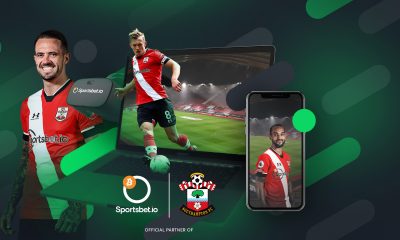

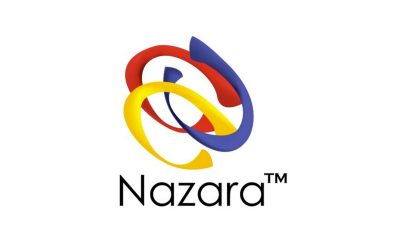










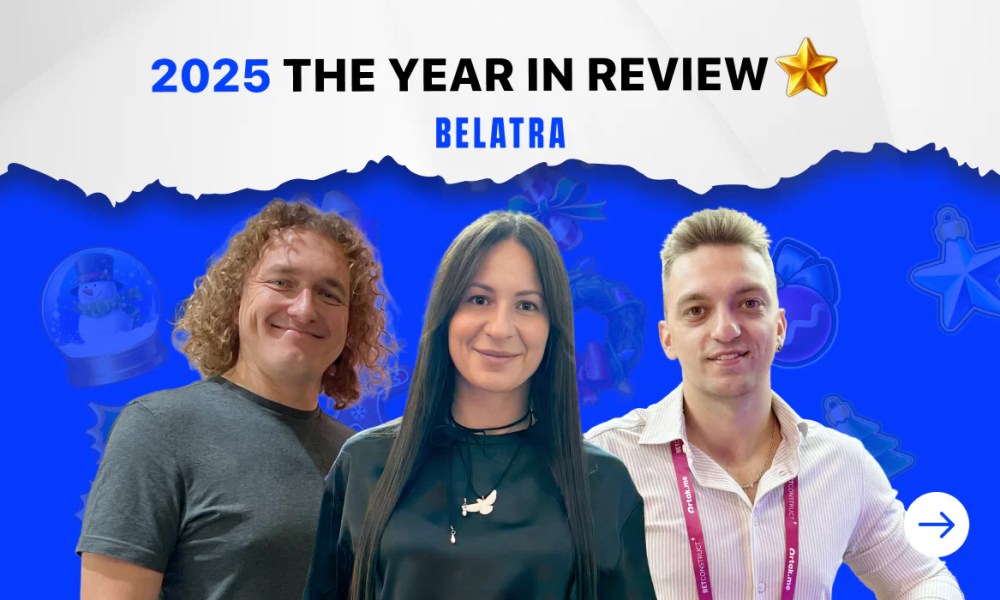



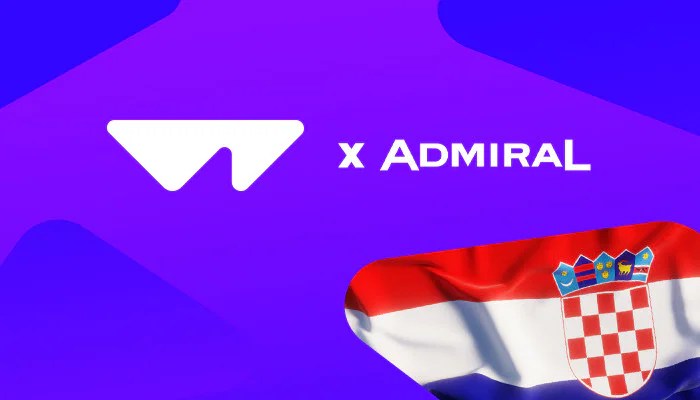




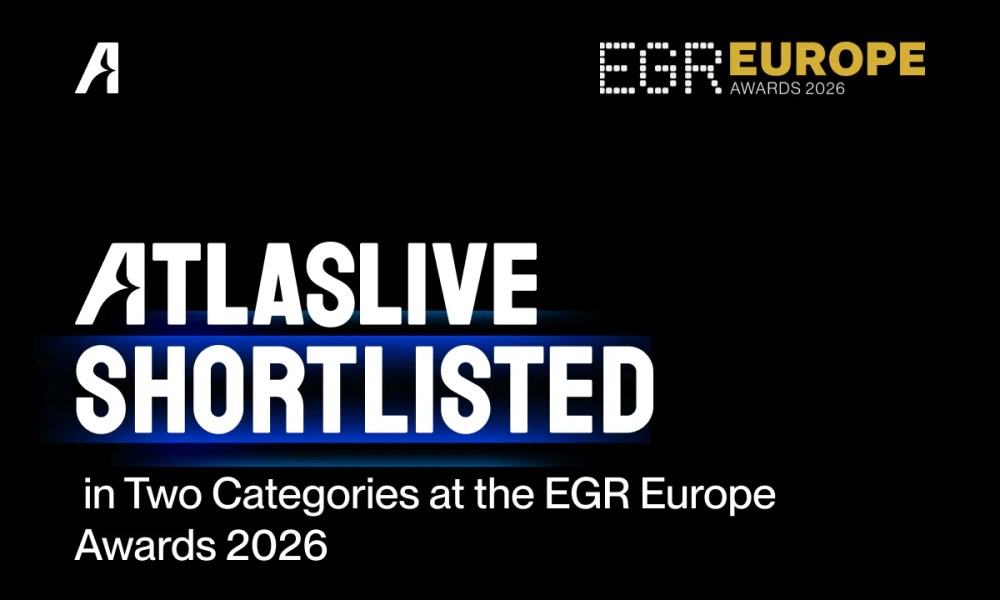
You must be logged in to post a comment Login